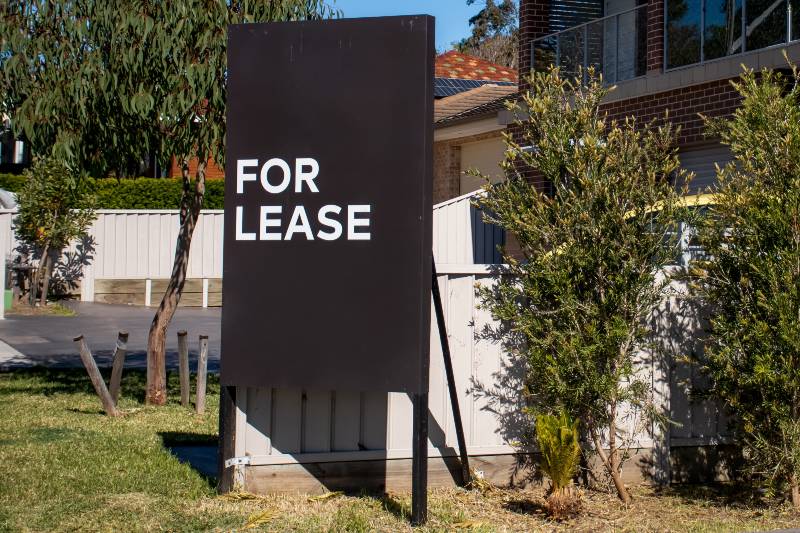The multifamily real estate sector has long been a beacon of stability and growth for investors, underpinned by robust fundamentals and unwavering demand. As we navigate the landscape of 2024, a nuanced narrative unfolds—one that balances steadfast performance with emerging obstacles. This in-depth article delves into the critical trends, insights, and projections that define the multifamily market, focusing on prominent metropolitan areas such as New York, Chicago, Los Angeles, and San Francisco.
Market Snapshot
Notwithstanding apprehensions surrounding elevated construction activity and climbing interest rates, the multifamily market has exhibited remarkable adaptability. Proprietary research conducted by NREI uncovers sustained investor confidence, with a significant portion of survey participants anticipating stable or improving fundamentals in the forthcoming year. While optimism has marginally tempered compared to prior surveys, the overarching sentiment remains positive.
Noteworthy findings from the NREI survey encompass:
| Key Metrics | Survey Results |
|---|---|
| Respondents Anticipating Occupancy Gains | 41% |
| Respondents Forecasting Rent Growth | 66% |
| Multifamily Attractiveness Rating | 7.7/10 |
| Industrial Attractiveness Rating | 7.7/10 |
Equilibrium Between Supply and Demand
The multifamily market has confronted a wave of new supply in recent years, prompting concerns about potential oversaturation. However, industry experts contend that the market generally remains in equilibrium, with developers constructing sufficient properties to accommodate burgeoning demand. Richard Campo, chairman and CEO of Camden Property Trust, emphasizes that “multifamily demand has outstripped supply in most markets.”
Factors propelling sustained demand encompass:
- Demographic transformations, with millennials, Gen X, and baby boomers progressively embracing renting as a lifestyle preference
- Latent demand from adults residing with family or sharing accommodations
- Millennials postponing decisions concerning marriage, family, and homeownership
Regional Performance Insights
While national trends offer a comprehensive perspective, real estate dynamics fluctuate considerably across regions. Survey respondents assessed the robustness of the multifamily market in various areas of the country:
| Region | Multifamily Strength Score (out of 10) |
|---|---|
| West/Mountain/Pacific | 7.9 |
| South/Southeast/Southwest | 7.7 |
| East | 7.5 |
| Midwest and Central | 6.7 |
The West, especially California and high-performing cities like Seattle and Denver, maintains its leadership position. The South and East closely trail, while the Midwest lags due to more modest job and population growth.

Los Angeles Market Spotlight
Zeroing in on the greater Los Angeles area reveals a multidimensional market landscape. In Q1 2024, the market achieved an impressive 95.3% occupancy rate and an average rent of $2,196 per unit. However, sales volume has experienced a notable decline compared to the prior year, partly attributable to new property transfer taxes and seller reluctance in a challenging market climate.
| Key Metrics | Q1 2024 |
|---|---|
| Occupancy Rate | 95.3% |
| Average Rent | $2,196 |
Measure ULA, a tax initiative in the City of Los Angeles, has significantly affected transactions involving properties valued above $5 million, resulting in reduced sales volume and transactional activity. Despite these challenges, the enduring allure of coastal living and the resilience of Los Angeles’ diverse economy, propelled by sectors such as entertainment, healthcare, and technology, continue to bolster the multifamily market.
Investment Landscape Dynamics
Investors remain keen to expand their multifamily portfolios, with 41% of survey respondents planning acquisitions in the coming year. However, competition is intense, and aggressive pricing in the value-add space has driven some buyers to the sidelines. Rising interest rates have further complicated the investment terrain, prompting deal repricing and shifts in buyer and seller expectations.
| Key Metric | Survey Result |
|---|---|
| Respondents Planning Asset Acquisitions | 41% |
Blake Okland, head of multifamily investment sales at Newmark Knight Frank, notes that “sellers are as concerned about the redeployment of capital and where to place capital after the sale as they are with the final pricing they achieve.” This sentiment has created a tension between the urgency to sell now and the inclination to adopt a wait-and-see approach.
Capital Market Insights
Despite anticipations of rising interest rates, the availability of capital for multifamily properties remains robust. Survey results indicate:
| Key Metrics | Survey Results |
|---|---|
| Respondents Expecting Stable Equity Availability | 43% |
| Respondents Expecting Unchanged Debt Availability | 46% |
The most prevalent sources of debt capital include:
- Fannie/Freddie
- Local/regional banks
- National banks
- Institutional lenders
However, respondents foresee some tightening in lending standards, with 23% anticipating a decrease in loan-to-value ratios and 30% expecting an increase in debt service coverage ratios.

Outlook and Obstacles
Looking ahead, the multifamily market confronts a blend of opportunities and challenges. Nearly half of survey respondents (49%) anticipate the risk premium—the spread between the 10-year Treasury and cap rates—to increase over the next year, implying that rising interest rates may outpace cap rate increases. More than two-thirds (69%) expect cap rates for multifamily properties to rise, with most projecting modest increases of less than 50 basis points.
| Key Metric | Survey Result |
|---|---|
| Respondents Anticipating Cap Rate Increases | 69% |
Rising interest rates present a dual challenge for investors, affecting both underwriting and the cost of capital. Josh Goldfarb, vice chair of the Southeast multifamily advisory group at Cushman & Wakefield, observes that “there is a tension between having a sense of urgency to sell now versus taking a wait-and-see approach for next year.” As the market navigates this uncertainty, assets with solid track records and proven performance are likely to have an edge among increasingly discerning buyers.
Conclusion
The multifamily market in 2024 presents a tapestry of stability, challenges, and opportunities. While fundamentals remain robust, with healthy occupancy rates and positive rent growth, the sector faces headwinds in the form of rising interest rates, elevated construction levels, and regional variations in performance. Investors must navigate an increasingly competitive landscape, balancing the desire to expand portfolios with the need for prudent underwriting and risk assessment.
As we move forward, the ability to adapt to evolving market conditions, identify value in a competitive field, and leverage local market knowledge will be key differentiators for success. By staying attuned to the shifting multifamily landscape and making informed, data-driven decisions, investors can position themselves to capitalize on the enduring appeal of this dynamic asset class.




